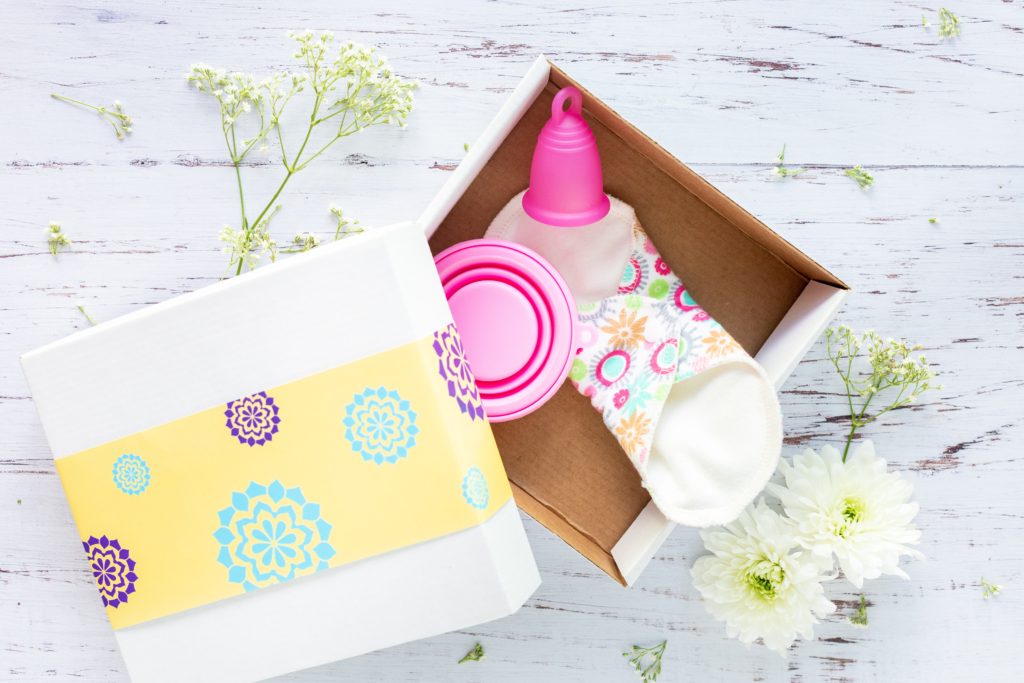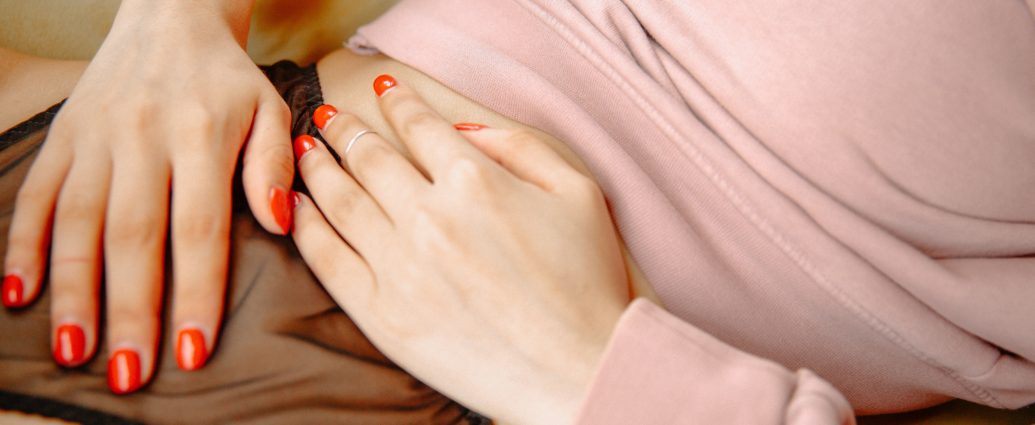Endometriosis is a condition where tissue grows in places where it shouldn’t such as the ovaries and the fallopian tubes. In the UK one in 10 people suffer from the condition with many not finding out until they’re trying to get pregnant.
Although there is no cure for endometriosis there are a number of treatments that can help control it and decrease the pain. From pain medication like ibuprofen and paracetamol to hormone treatment that can limit the production of oestrogen which helps endometriosis grow. But in many cases, people with the condition will have surgery to remove ovarian cysts which are caused by endometriosis and to help improve the symptoms and fertility.
For many people, the journey to actually getting the diagnosis is the hardest part, with most only finding out until they’ve had the operation and find the extra tissue. For two years, Brogan Kettle had constant stomach pains and at the start of her diagnosis journey, she was told it was a stomach infection, later Irritable bowel syndrome. But eventually after three ultrasounds and paying to have a private consultation she was given a date for the surgery that would confirm she has endometriosis:
“Push for a diagnosis, don’t just take painkillers as an answer, push for an actual answer. Otherwise, you’ll get overlooked and it just gets worse and worse and they won’t actually pay attention to you at all”.
Finding out she had endometriosis gave Brogan some relief as she finally knew what was at the root of her pain. She also thinks that there needed to be more acknowledgement on the condition so others don’t go through what she did: “There should be more focus on it, especially for younger girls because it can be overlooked and can affect you for the rest of your life”.
“they don’t tell you that it might not be normal to have a really heavy period and pain.”
Brogan isn’t the only one that thinks more education is needed on endometriosis. At the young age of 13, Sinead McGrath was diagnosed with endometriosis after struggling with heavy periods that forced her to miss school and be bed-bound. Now at 28, Sinead has accepted her endometriosis and has learnt to live with it, but thinks the condition should be taught in schools:
“They tell you about your body changing, tampons, towels and pads. But they don’t tell you that it might not be normal to have a really heavy period and pain. You know, what periods are painful. We all know that. Everyone’s symptoms vary with them. But we still should be educated that, you know, if you think something’s wrong, you should, start tracking your periods”.

Sinead knows that it can be hard to find support from other people that have endometriosis, so uses her own story to make sure others with the condition know that they are not alone with what they are going through:
“it’s clear that the condition needs to become less of a taboo topic”
“It helps when you speak about it if you met through experience, or through experiencing it through a relative or someone you know. The messages I’ve had in recent years from people on Instagram that have lost contact with that they actually want someone to talk to because they know I’ve had it, and don’t know anyone else with it. So they want to have a chat about it. They want to, raise awareness about it”.
Awareness around endometriosis is slowly becoming more mainstream, with thanks to social media giving people the chance to share their stories with the world. But it’s clear that the condition needs to become less of a taboo topic and more freely discussed so that people know the symptoms and they can control the condition early on. There’s hope that with people like Brogan and Sinead sharing their stories, it will encourage others to share theirs and make endometriosis a topic people aren’t afraid to reach out for help for.
Emilia Kettle
Tweet to @EmiliaKettle
Featured image courtesy of Polina Zimmerman via Pexels. Image licensing can be found here. No changes were made to this image.

